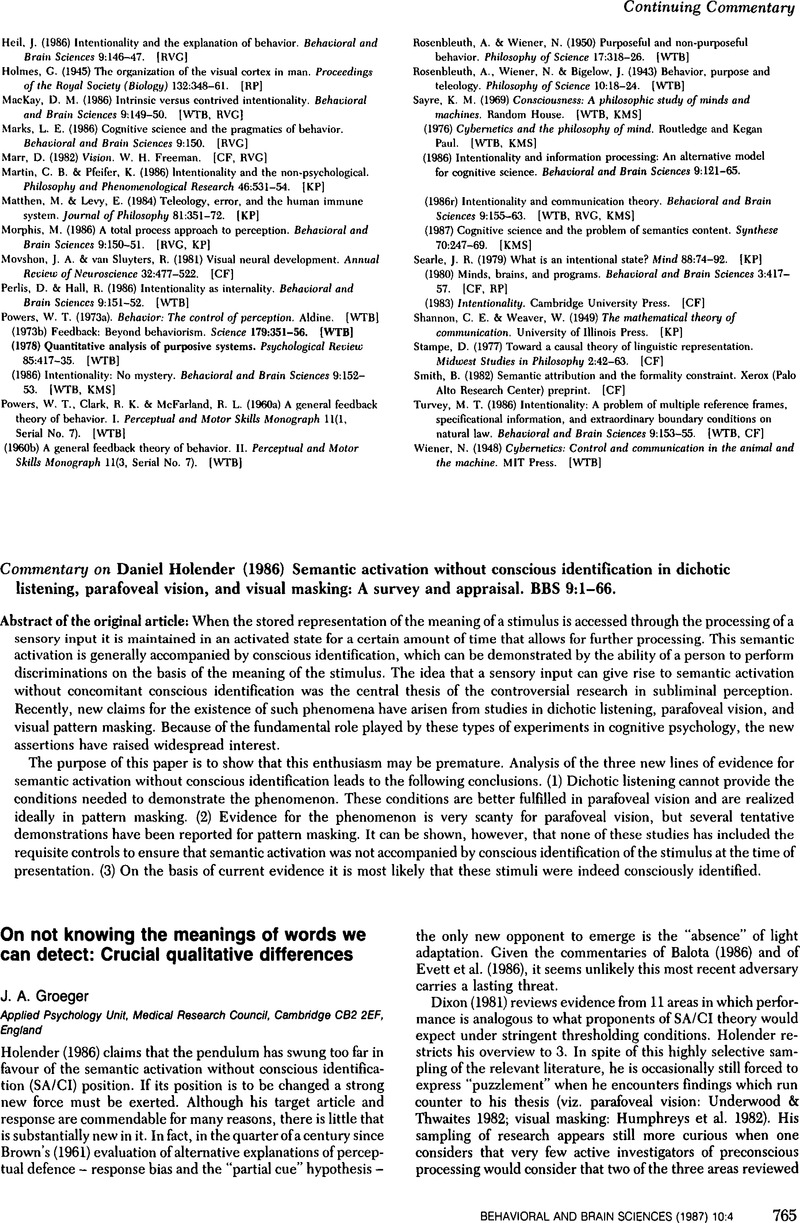Crossref Citations
This article has been cited by the following publications. This list is generated based on data provided by Crossref.
Holender, Daniel
and
Duscherer, Katia
2004.
Unconscious perception: The need for a paradigm shift.
Perception & Psychophysics,
Vol. 66,
Issue. 5,
p.
872.
Nicolas, Serge
2004.
Psycholinguistique Cognitive.
p.
15.



